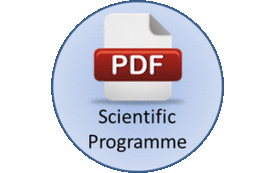
Claudia C Cardoso
Federal Rural University of Pernambuco, Brazil
Title: Study of crustaceans and bivalves residue as catalyst in the synthesis of biojet fuel and biodiesel
Biography
Biography: Claudia C Cardoso
Abstract
Biofuels are renewable fuels and the main alternative to fossil fuels. Actually, we can call the attention for the two most studied, the biojet fuel and biodiesel. Biojet fuel can be produced by different routes and biomass, while Biodiesel consists of alkyl esters and is mainly obtained by the transesterification of a triglyceride with an alcohol in the presence of a homogeneous or heterogeneous catalyst. Heterogeneous catalysts, especially CaO, are widely studied for biodiesel synthesis since they can be reused and synthesized from renewable sources. Its precursor is the CaCO3 that can be obtained from limestone or alternative source as fishery residue. Our group has processed and characterized the different fishery residue, actually seen as an ecological problem at the Brazilian littoral, evaluating its usage as a heterogeneous catalyst in the production of biojet fuel and biodiesel, respectively. Crustaceans and bivalve carapaces, crude and calcined, were studied in the production of both biofuels. A special attention is given to the crustacean considering that is reach in the biopolymers chitin and chitosan (about 50%), that can be used as carbon and hydrogen extra source at the biojet fuel production, plus the CaCO3 (about 50%), used as an alkaline catalyst. Both crustaceans and bivalve, once calcinated, originates the CaO that has been used as a heterogeneous catalyst for biojet fuel as for biodiesel.

